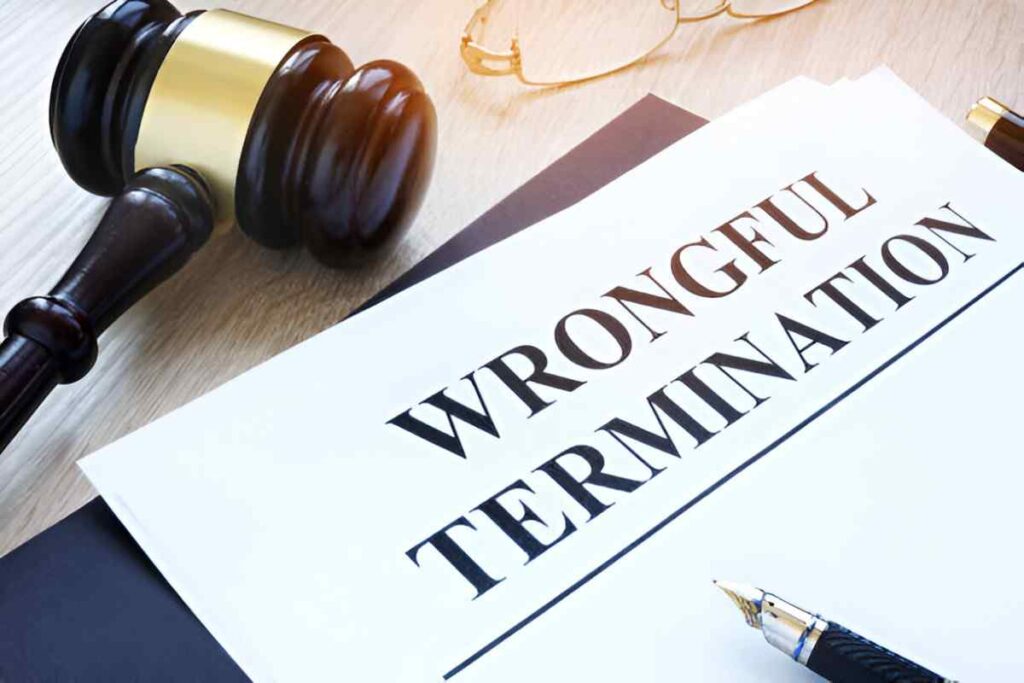As someone deeply immersed in the finance and accounting fields, I often encounter complex legal concepts that intersect with financial decision-making. One such concept is the remoteness of damage, a principle that determines whether a party can recover losses in legal disputes. This principle is particularly relevant in contract law, tort law, and even in financial litigation. In this article, I will explore the intricacies of remoteness of damage, its legal foundations, and its practical implications. I will also provide examples, mathematical expressions, and tables to illustrate key points.
Table of Contents
What Is Remoteness of Damage?
Remoteness of damage refers to the legal principle that limits the recovery of damages to those losses that are not too remote or unforeseeable. In other words, a plaintiff can only recover damages that are directly connected to the defendant’s actions and are within the scope of foreseeability. This principle ensures that liability is not extended indefinitely and that damages are proportionate to the wrongdoing.
The concept originates from the landmark case Hadley v. Baxendale (1854), which established the foundational rule for remoteness in contract law. The court held that damages must either arise naturally from the breach or be within the contemplation of both parties at the time of contract formation.
Legal Foundations of Remoteness
Contract Law
In contract law, the principle of remoteness is governed by the Hadley v. Baxendale rule. The rule divides damages into two categories:
- General Damages: These are losses that arise naturally from the breach and are foreseeable by both parties. For example, if a supplier fails to deliver goods on time, the buyer’s loss of profits from delayed sales would likely be considered general damages.
- Special Damages: These are losses that arise due to special circumstances known to both parties at the time of contract formation. For instance, if the buyer informed the supplier that delayed delivery would result in a penalty from a third party, the penalty could be recoverable as special damages.
The mathematical expression for calculating damages in contract law can be represented as:
D = D_g + D_sWhere:
- D is the total recoverable damages,
- D_g represents general damages, and
- D_s represents special damages.
Tort Law
In tort law, the principle of remoteness is slightly different. The focus is on whether the damage was a direct consequence of the defendant’s actions and whether it was reasonably foreseeable. The case Wagon Mound (No. 1) (1961) is a key precedent in this area. The court held that a defendant is only liable for damage that is of a kind that a reasonable person could foresee.
For example, if a driver negligently causes a car accident, they may be liable for the injured party’s medical expenses. However, if the accident also causes a power outage that disrupts a nearby factory’s operations, the factory’s lost profits may be considered too remote.
Foreseeability and Causation
Foreseeability and causation are central to determining remoteness. Foreseeability asks whether a reasonable person could have anticipated the damage, while causation examines whether the defendant’s actions directly caused the damage.
In legal terms, causation is often analyzed using the but-for test:
\text{But-for } A, \text{ would } B \text{ have occurred?}If the answer is no, then A is considered a cause of B. However, even if causation is established, the damage may still be too remote if it was not foreseeable.
Practical Implications in Finance and Accounting
The principle of remoteness has significant implications in finance and accounting, particularly in cases involving breach of contract, negligence, or professional malpractice. For example:
- Breach of Contract: A financial advisor who fails to execute a client’s trade order may be liable for the client’s direct losses. However, if the client claims additional losses from missed investment opportunities, those losses may be deemed too remote unless the advisor was aware of the specific opportunities.
- Negligence: An auditor who fails to detect financial fraud may be liable for the company’s direct losses. However, if the fraud leads to a broader market downturn affecting other companies, those losses may be considered too remote.
- Professional Malpractice: A tax consultant who provides incorrect advice may be liable for the client’s tax penalties. However, if the client also claims damages for reputational harm, those damages may be too remote unless the consultant was aware of the potential for reputational damage.
Examples with Calculations
Let’s consider a hypothetical example to illustrate the application of remoteness in contract law.
Scenario: A manufacturer contracts with a supplier to deliver raw materials by a specific date. The supplier fails to deliver on time, causing the manufacturer to miss a production deadline and lose a lucrative contract with a retailer.
Step 1: Identify General Damages
The manufacturer’s direct losses include the cost of idle labor and machinery during the delay. Suppose these costs amount to $50,000.
Step 2: Identify Special Damages
The manufacturer had informed the supplier about the lucrative contract with the retailer. The lost profits from this contract amount to $200,000.
Step 3: Calculate Total Damages
Using the formula:
In this case, the manufacturer can recover $250,000 in damages, as both general and special damages were foreseeable.
Comparison of Remoteness in Contract and Tort Law
To better understand the differences between remoteness in contract and tort law, let’s compare the two using a table:
| Aspect | Contract Law | Tort Law |
|---|---|---|
| Basis of Liability | Breach of contract | Negligence or wrongful act |
| Foreseeability Test | Within contemplation of both parties | Reasonably foreseeable by a reasonable person |
| Causation Test | Direct and natural consequence of breach | Direct consequence of the wrongful act |
| Example | Supplier fails to deliver goods on time | Driver causes a car accident |
Socioeconomic Factors in the US Context
In the United States, the principle of remoteness is influenced by socioeconomic factors such as the complexity of business transactions, the prevalence of litigation, and the emphasis on individual responsibility. For example:
- Complex Business Transactions: The US economy is characterized by intricate supply chains and contractual relationships. This complexity increases the likelihood of disputes over remoteness, as parties may have differing interpretations of foreseeability.
- Litigation Culture: The US has a highly litigious culture, which means that courts are often called upon to resolve disputes involving remoteness. This has led to a robust body of case law that provides guidance on the application of the principle.
- Individual Responsibility: The US legal system emphasizes individual responsibility, which aligns with the principle of limiting liability to foreseeable damages. This ensures that parties are held accountable for their actions without being burdened by excessive liability.
Challenges in Applying Remoteness
Despite its clear legal foundations, applying the principle of remoteness can be challenging. Some of the key challenges include:
- Subjectivity of Foreseeability: Foreseeability is inherently subjective, as it depends on what a reasonable person would anticipate. This can lead to inconsistent outcomes in similar cases.
- Complex Causation Chains: In modern business environments, causation chains can be highly complex, making it difficult to determine whether a particular loss is too remote.
- Evolving Legal Standards: Legal standards for remoteness may evolve over time, particularly in response to technological advancements and changing business practices.
Conclusion
Understanding the principle of remoteness of damage is essential for anyone involved in finance, accounting, or legal disputes. By limiting liability to foreseeable damages, this principle ensures fairness and proportionality in legal outcomes. However, its application requires careful analysis of foreseeability and causation, which can be complex and subjective.





